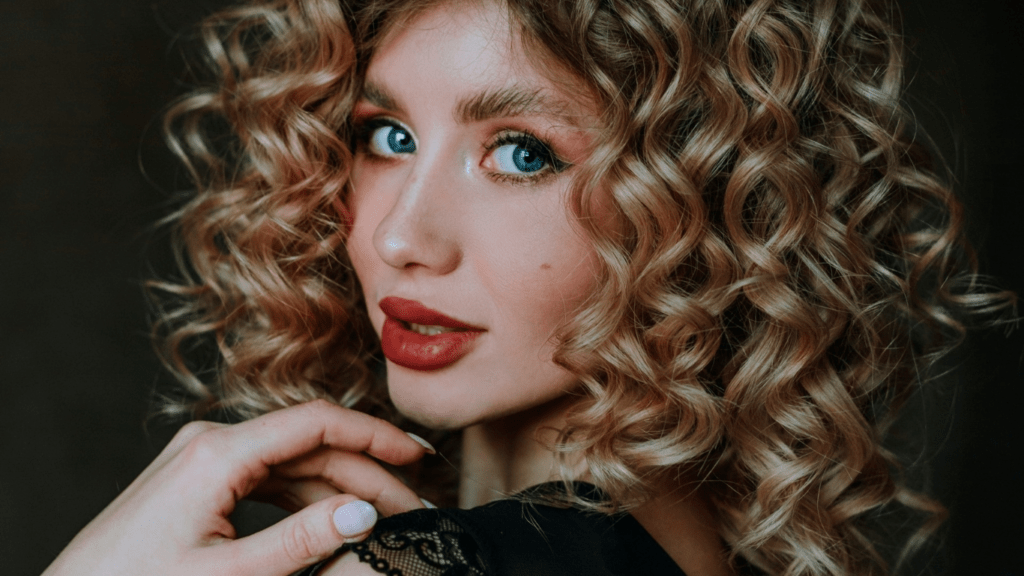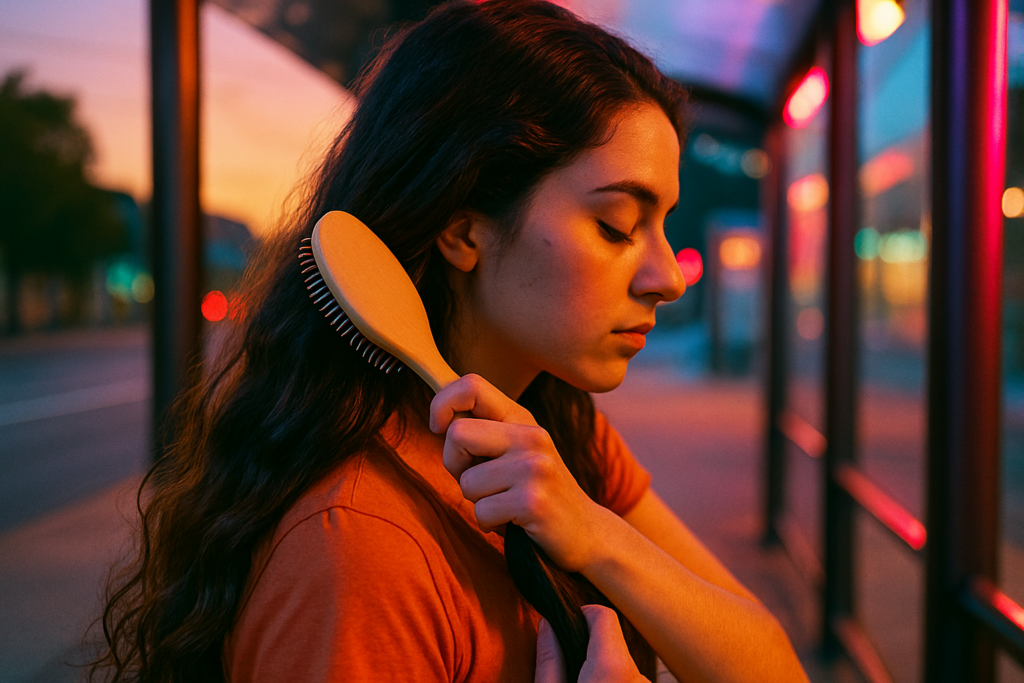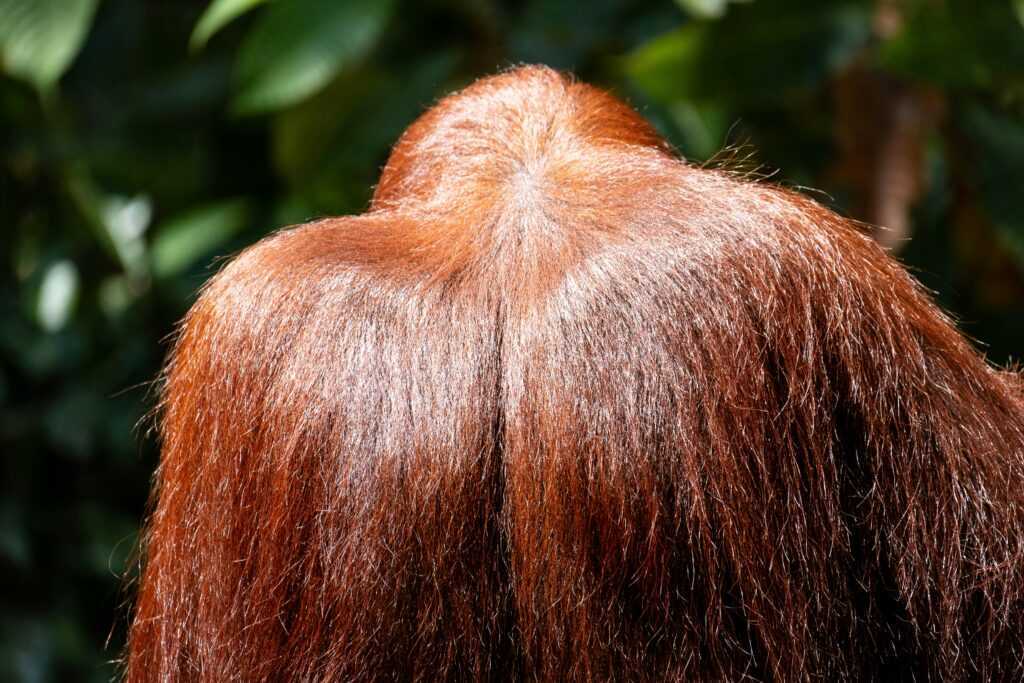Understanding Hair Structure
Hair structure affects how it looks and responds to care. Each strand has three main layers: the medulla, the cortex, and the cuticle. The medulla, the innermost layer, provides structural support. The cortex, which surrounds the medulla, contains proteins and pigments that give hair its strength and color. The cuticle, the outermost layer, protects the inner layers with overlapping cells.
Knowing your hair structure can guide your care routine. For instance, if the cuticle is damaged, hair loses moisture and shine. Environmental factors, styling practices, and chemical treatments can all impact these layers. By understanding the structure, it becomes easier to choose the right products and practices to maintain healthy hair.
Essential Nutrients for Hair Health
Healthy hair thrives with the right nutrients. Essential vitamins, minerals, proteins, and amino acids play crucial roles in maintaining vibrant and strong hair.
Vitamins and Minerals
Vitamins and minerals support hair growth, strength, and overall health. Vitamin A helps produce sebum, an oily substance that moisturizes the scalp. Vitamin E protects hair from oxidative stress. Vitamin D promotes follicle health. A deficiency in these vitamins can lead to hair problems.
Minerals like iron, zinc, and magnesium are vital for hair. Iron carries oxygen to hair roots. Low levels cause hair thinning. Zinc aids in hair tissue growth and repair. Magnesium helps prevent calcium build-up on the scalp, which can lead to dryness.
Proteins and Amino Acids
Proteins form the building blocks of hair follicles. Keratin, a type of protein, makes up most of the hair structure. Eating protein-rich foods like lean meats, eggs, and legumes can boost hair strength. Amino acids such as cysteine and methionine are crucial for hair growth. These acids support the formation of new hair cells.
Daily Hair Care Routine

Maintaining a daily hair care routine ensures vibrancy and strength. Implement these steps into your routine for healthier hair.
Washing and Conditioning
Proper washing and conditioning are key. I use a sulfate-free shampoo suited to my hair type to avoid stripping natural oils. For conditioning, I focus on applying it to the mid-lengths and ends of my hair to prevent greasiness at the roots. Conditioning with a product containing ingredients like keratin and amino acids strengthens the hair by reinforcing protein structures. Rinsing with cool water seals the cuticle, adding shine.
Brushing and Detangling
Brushing daily distributes natural oils from the scalp to the ends. I use a wide-tooth comb or a brush with soft bristles to minimize breakage. For detangling, I start from the ends and work my way up to avoid pulling and snapping strands. For those with curly or wavy hair, detangling with a leave-in conditioner or while the hair is wet can reduce knots and improve manageability.
Protecting Hair from Damage
Maintaining hair health involves protecting it from various damage sources. Here are key strategies to ensure your hair stays strong and vibrant.
Heat and Styling Tools
Limit the use of heat and styling tools to prevent hair damage. Frequent use of blow dryers, curling irons, and straighteners weakens the hair cuticle. If you need to style your hair with heat, use a heat protectant spray.
For example, products containing silicone or keratin can shield your hair from high temperatures. Opt for tools with adjustable heat settings, and keep the temperature low. Air dry your hair whenever possible to give it a break from heat exposure.
Environmental Factors
Protect your hair from environmental factors that cause damage. Sun exposure, pollution, and harsh weather can strip moisture from your hair. Wear a hat or use products with UV protection when spending time outdoors.
During colder months, consider covering your hair with a scarf to prevent dryness caused by wind and low humidity. Rinse hair with clean water after swimming in chlorinated pools or saltwater, as these can also be harmful. Regularly use deep conditioning treatments to replenish moisture and maintain hair health.
Choosing the Right Hair Products
Selecting the right hair products plays a vital role in maintaining healthy hair. I break down the essential products to consider using.
Shampoo and Conditioner
Choosing the appropriate shampoo and conditioner ensures hair stays clean and moisturized. Shampoos often address specific issues like dandruff, dryness, or color-treated hair. For instance, sulfate-free shampoos are gentler on color-treated hair. Conditioners complement shampoos by providing necessary hydration and detangling.
Examples:
- Hydrating shampoos for dry hair.
- Anti-dandruff shampoos containing zinc pyrithione or ketoconazole.
- Color-safe conditioners to keep dyed hair vibrant.
Leave-In Treatments
Leave-in treatments add an extra layer of protection and nourishment. These products help maintain moisture, reduce frizz, and protect against heat damage. For example, leave-in conditioners with keratin strengthen hair, while those with argan oil provide shine and softness.
- Protein treatments for strengthening.
- Moisturizing leave-ins for extra hydration.
- Heat protectants for styling safety.



 Founder & Hair Care Specialist
Edwardenn is the visionary force behind the website, with a deep passion for promoting healthy, beautiful hair. With years of experience in hair care and wellness, Edwardenn founded this platform to offer the latest hair care news, health tips, and expert advice. His mission is to empower individuals to understand and care for their hair, no matter their hair type or goals.
Founder & Hair Care Specialist
Edwardenn is the visionary force behind the website, with a deep passion for promoting healthy, beautiful hair. With years of experience in hair care and wellness, Edwardenn founded this platform to offer the latest hair care news, health tips, and expert advice. His mission is to empower individuals to understand and care for their hair, no matter their hair type or goals.

